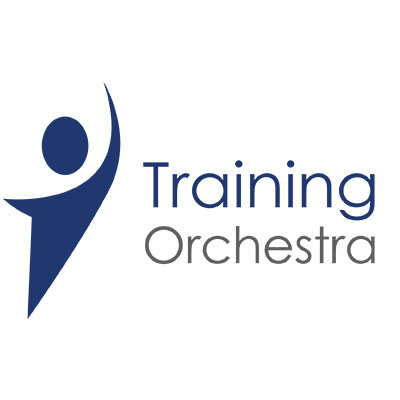ATD Blog
Where Training Management Systems Fit in the Learning Tech Stack
Fri Feb 07 2020

The training resource management system, also known as a training management system, has quickly become a primary layer in the learning tech stack.
Focused on the optimization of critical instructor-led training (ILT) activities for corporate L&D departments, training companies, and extended enterprise, training management software is a back-end solution that helps training organizations reduce operating costs. Organizations can then invest these savings in many ways, including to train more (with less) and to innovate their learning programs.
Optimizing ILT With the Right Learning Technology
Because of its effectiveness and necessity in many situations, ILT is here to stay. However, it’s a significant investment for any training organization, often consuming up to 70 percent of the training budget on average.
Given this reality, organizations recognize the pressing need to reduce operating costs for ILT. High costs are among the chief complexities that prevent organizations from doing more. They are largely amplified by the way organizations are managing ILT—often with manual, siloed processes that require multiple tools such as Excel spreadsheets, Outlook, and in part, LMSs.
So, can LMSs, which are often at the core of the learning tech stack for most organizations, manage ILT? To some degree, the answer is yes. However, LMSs were never designed as comprehensive tools to optimize and manage ILT processes, back-end operations, or budgets and logistics. Rather, they were designed to manage e-learning and the learner.
Ready for the good news? A training management system offers the depth of features and functionalities to fill this gap. What’s more, it complements LMSs. That’s a win-win for any training organization.
Addressing Core Instructor-Led Training Activities
As a complement to LMSs, a training management system addresses these core ILT activities and training scheduling needs:
Training Resources: optimizing session and resource scheduling as well as resource use such as classrooms, instructors, equipment, and more
Strategic Resources: streamlining communication and better engaging your SMEs; gain the ability to more easily detect who has the skills to train on what and when they are available
Training Budgets: optimizing training investment with detailed cost tracking to ensure proactive financial visibility overall training activities
Task Management: reducing the complexity of managing ILT by optimizing and organizing task tracking with visual checklists and tools
Training Regulation: optimizing the management of training regulation including countries that are highly regulated such as South Africa, Canada, France, and Spain
Managing Training as a Business: optimizing end-to-end operations for any external audience, including partners and clients, and streamlining the order to invoice sales cycle with real-time margin computation for increased profitability
Data Visualization and Analytics: helping companies make good decisions with fully customizable dashboards, including KPI and reporting capabilities.
Understanding the Key Features and Benefits
What are the driving features of training management software? Think automation and streamlining operations as well as gaining actionable financial visibility into all training activities. Here are some of the specific features and benefits you can expect in a top-tier solution:
Graphical Course Scheduling: delivering the right training at the right time with intuitive and flexible drag-and-drop graphical and timeline views that ensure perfect planning
Resource Occupancy Tracking and Optimization: automating and optimizing training session and resource scheduling, resource use, logistics management, and planning.
Real-Time Collaboration and To-Do Lists: centralizing communications and task lists with team members
Instructor Portal: engaging trainers and SMEs with a centralized communication portal
Managing Training as a Business: real-time management of training business for external audiences such as partners and clients, from order to invoice including profitability computation
Sales and Profitability Monitoring: Tracking session costs with automatic cost retrieval and distribution for the resources being used
Budget Monitoring: proactive enterprise-wide budget optimization with multicurrency capabilities and session occupancy monitoring
Regulation and Compliance: ensuring complex legal requirements locally and globally
What’s Next?
Implementing a training management system like Training Orchestra at the core of your learning tech stack can help optimize classroom training operations by increasing resource use, optimizing session, and resource scheduling, controlling costs, and making the most of time and resources. Learn more at trainingorchestra.com.
More from ATD




